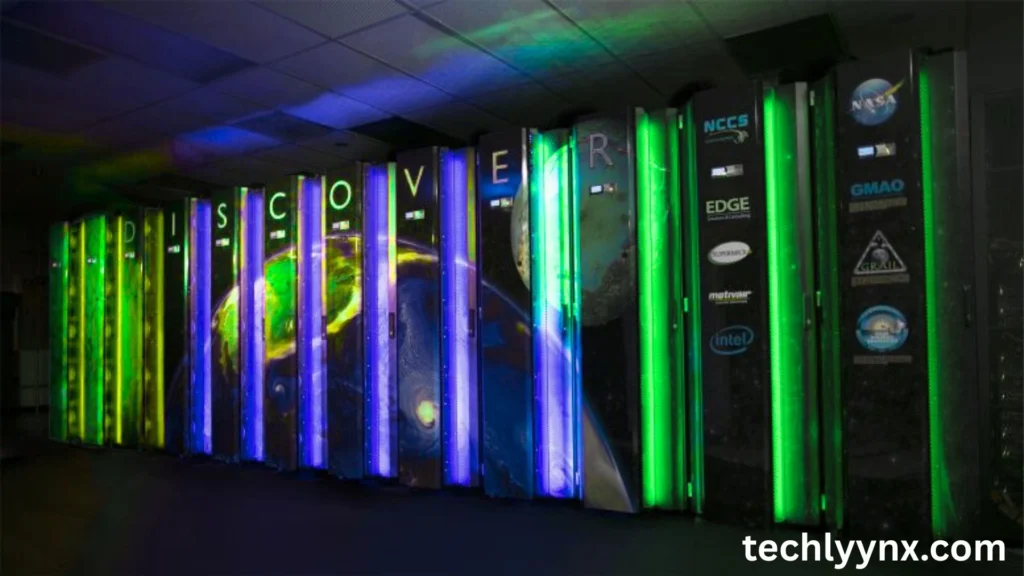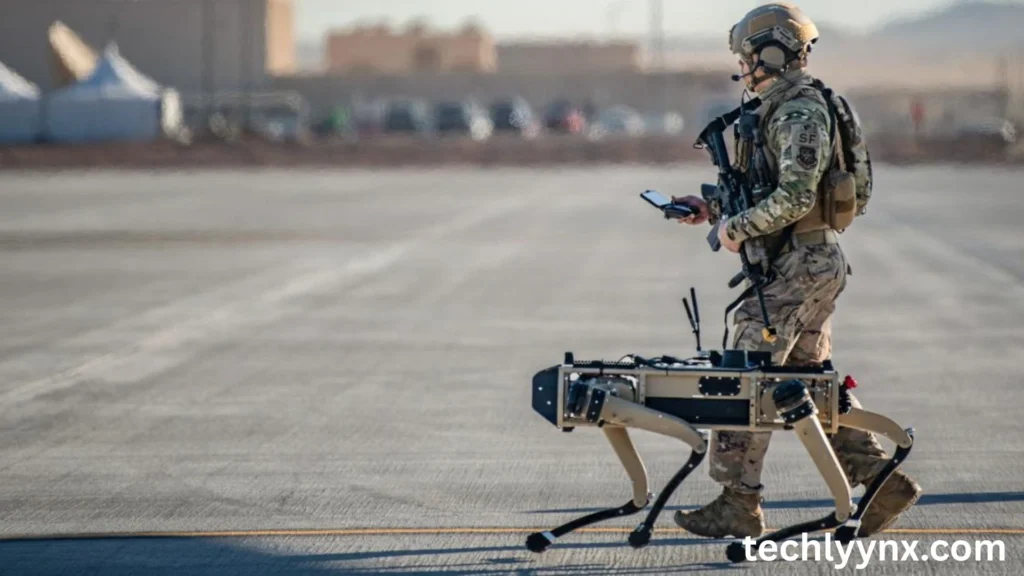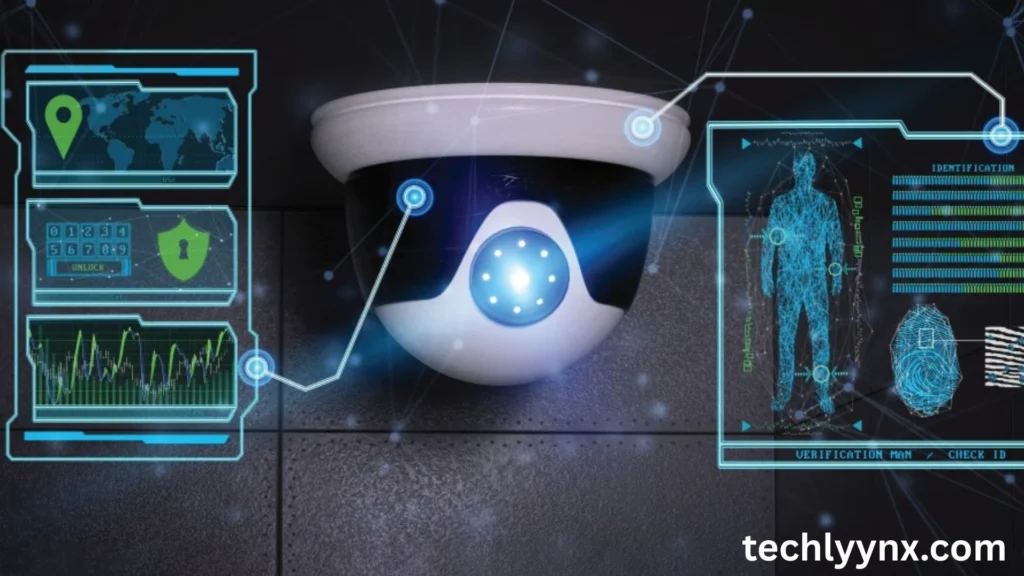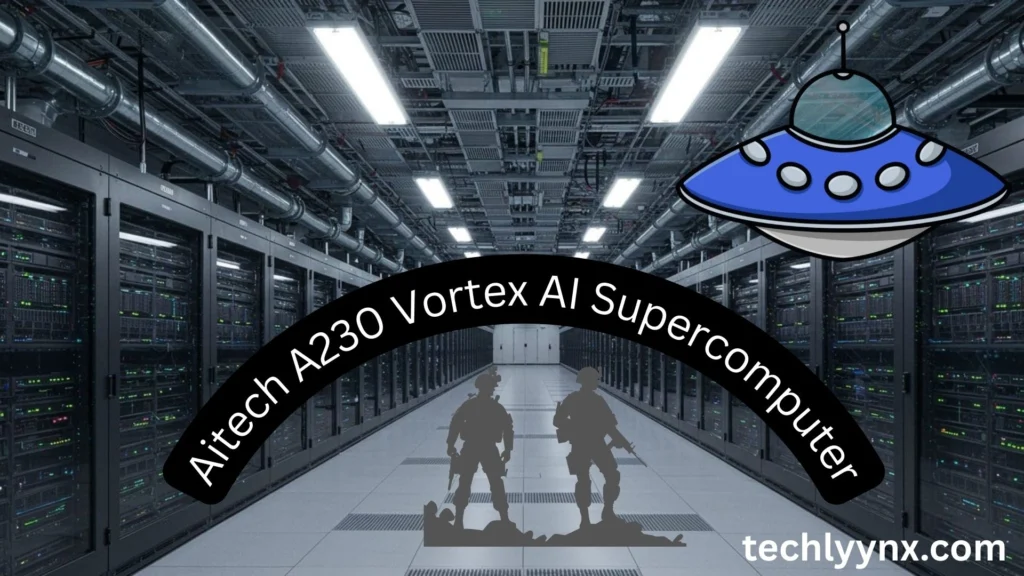The Aitech A230 Vortex AI Supercomputer is generating news in a world where data must be processed instantly and in harsh environments. This cutting-edge computing architecture, built for both space missions and military operations, delivers AI-on-the-edge capabilities to some of the most extreme situations conceivable. This lessens reliance on remote servers and erratic connections by enabling real-time analysis of data at the point of collection.
This article explains the Vortex AI, its significance, and how it is influencing the development of high-performance, rugged computing in the future.
What is the Vortex AI Supercomputer?

The Vortex AI isn’t your typical computer. The A230 is a GPGPU-powered AI supercomputer that was constructed by Aitech Systems, a pioneer in rugged computing systems. General-Purpose computing on Graphics Processing Units, or GPGPU for short, is capable of processing large amounts of data .
This type of ai, in contrast to traditional computers, is made to operate on the edge.This helps in the field, in the battlefield, or in space—without the need for cloud data centers. Its real-time processing of massive volumes of sensor, camera, and radar data is essential for prompt and precise decision-making.
Important points to note are:
Models for various conditions that are air-cooled and conduction-cooled.
Version of the S-A2300 that can withstand radiation for use in Low Earth Orbit (LEO) space missions.
Ability to run AI models for pattern-of-life analysis and asset detection instantly.
How Vortex AI Transforms Military Operations

Making decisions quickly and accurately can make the difference between military forces succeeding and failing. This is made possible by the Vortex AI supercomputer, which takes AI processing right to the point of action.
Consider a reconnaissance drone traversing unfriendly territory. This analyzes the video footage onboard rather than transferring it to a distant server for examination, which could take minutes or even hours. In real-time, it may spot suspicious activity, vehicles, or equipment and notify commanders of only the most important findings.
The following are advantages for the military:
- Decreased requirements for data transfer in places with limited bandwidth.
- Threat identification in real time for quicker tactical reactions.
- Functioning in harsh environments, such as icy mountain ranges or blazing deserts.
By facilitating quicker, data-driven decision-making, this not only increases mission success rates but also improves soldier safety.
For Space Missions

The Vortex AI isn’t just for Earth. Its radiation-tolerant S-A2300 version is built for the harsh conditions of space. Spacecraft and satellites often face challenges with limited bandwidth, long communication delays, and the constant threat of cosmic radiation damaging electronics.
With Vortex AI onboard, satellites and planetary rovers can:
- Analyze images from cameras instantly without waiting for data to return to Earth.
- Detect geological features or hazards in real-time.
- Adjust their navigation autonomously if a threat is detected.
For example, a Mars rover equipped with this AI could identify promising rock formations for sampling on the spot, without waiting for human instructions from mission control.
Technical Power Behind AI Supercomputer
At its core, the Vortex AI relies on GPGPU technology to perform complex AI computations. This means it can handle tasks like image recognition, video analytics, and sensor fusion much faster than traditional CPUs.
Likely technical strengths include:
- High-core GPU architecture optimized for parallel workloads.
- Energy-efficient design for use in power-limited environments like drones and satellites.
- Ruggedized casing to withstand vibrations, shocks, and temperature extremes.
- Modular configurations for different mission requirements.
Even though Aitech has not disclosed the exact processor and GPU models, their track record suggests top-tier, defense-grade components optimized for AI inference and deep learning workloads.
The Future of Vortex AI in Engineering and Technology

By processing data locally rather of transferring it to a third party, the Vortex AI supercomputer exemplifies the trend toward edge AI computing. In sectors like defense, aerospace, driverless vehicles, and even disaster response where every millisecond matters, this change is increasingly essential.
We may see in the future:
Vortex AI in smaller, lighter forms for military gear that is carried around.
incorporation into self-governing vessels for marine protection.
After a natural disaster, use emergency relief drones to locate survivors.
Vortex AI-type systems could contribute to the development of quicker, more secure, and more autonomous AI infrastructures. By lowering dependency on massive centralized data centers.
Conclusion
The Aitech A230 Vortex AI Supercomputer is more than just a piece of military or aerospace hardware—it’s a strategic advantage. Whether on the battlefield or exploring other planets, it gives operators the ability to make real-time, data-driven decisions without depending on unstable or slow connections.
With its rugged design, cutting-edge AI capabilities, and adaptability to extreme environments, the Vortex AI is setting a new standard for mission-ready computing. In the coming years, we can expect it to play a central role in advancing defense, aerospace, and edge AI technologies.

